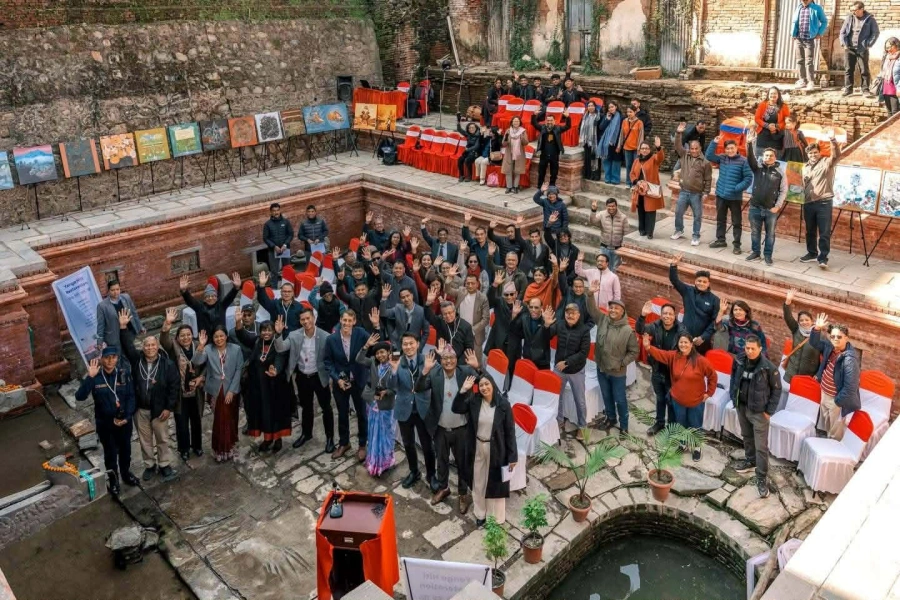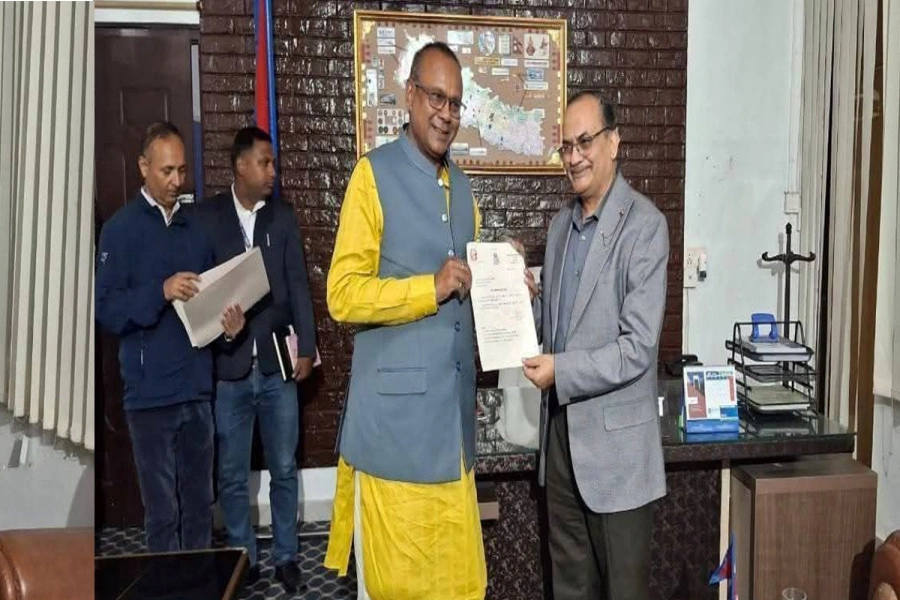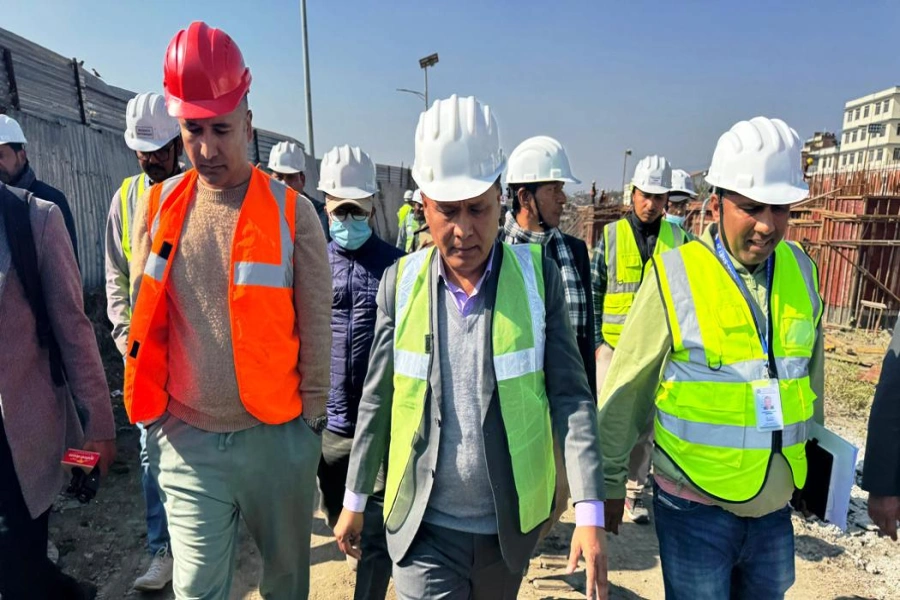Have you ever heard about the metaverse? It is a set of technologies that allow for persistent, digital representations connected to aspects of the real world, like people, places, and things. Firstly, let us briefly understand the history of ‘metaverse’ by the term itself. The first use of the term ‘metaverse’ was in the 1992 science fiction novel “Snow Crash”, by Neal Stephenson, which described a single virtual world separate from the physical world. Other books, video games and content expanded on this concept, creating virtual worlds in “Ready Player One,” (which called its shared VR reality “the OASIS”), “The Matrix”, and “Second Life”, to name a few examples.
Being a curious mind, I often think about imaginary things like a fairy tale story. To me, the metaverse has completely modernized the world in terms of discovering opportunities for virtual events, showcasing and selling your products, introducing innovative forms of advertising, establishing better processes building and team collaboration and so on. Most tellingly, already, our lives intersect in virtual spaces: like surfing the web, posting to Facebook, Twitter, chatting on Messenger, telling Alexa to turn up our home’s regulator. The metaverse adds more layers — augmented reality (AR), virtual reality (VR) and mixed reality (MR) — that can immerse you in virtual environments. Quite interesting, isn’t it so? Yes, it is, indeed.
Gross Metaverse Product: Moving Beyond GDP

With the help of the metaverse, we might overlay information on the real world. For example, smart glasses might remind you about a friend’s business meeting when you run across in the garden. Or, we might recreate the physical world in a virtual setting. Imagine walking around the top of the Dharahara Tower while standing in your living room. We might create entirely new ambiances, such as previewing your new house before you build it. As the metaverse advances, the sensations may move beyond your eyes. On top of that, VR gloves might also allow you to “touchy-feely experience” an object that’s hundreds of miles away — or one that doesn’t yet exist in the real world.
From a business perspective, most of them are focusing on the concept of linking physical realities to virtual ones, either through digital overlays (augmented reality) or virtual immersion (virtual reality). A concept like holoportation, where employees located in different parts of the world collaborate in a virtual room, is one example of a metaverse application.
Similarly, the bridging of the physical world to a virtual world will provide several opportunities for manufacturers. In manufacturing, the metaverse can be used to compare the design of a product to the physical version produced — looking for product flaws. For instance, BMW utilized simulation for six months at a new factory, building virtual cars on a one-to-one scale within the metaverse, before deploying the final layout for the factory. Above all, this is an era of metaverse now. Therefore, we should also be ready for change when we’ll be welcoming its magnificent benefits in all walks of life.








































